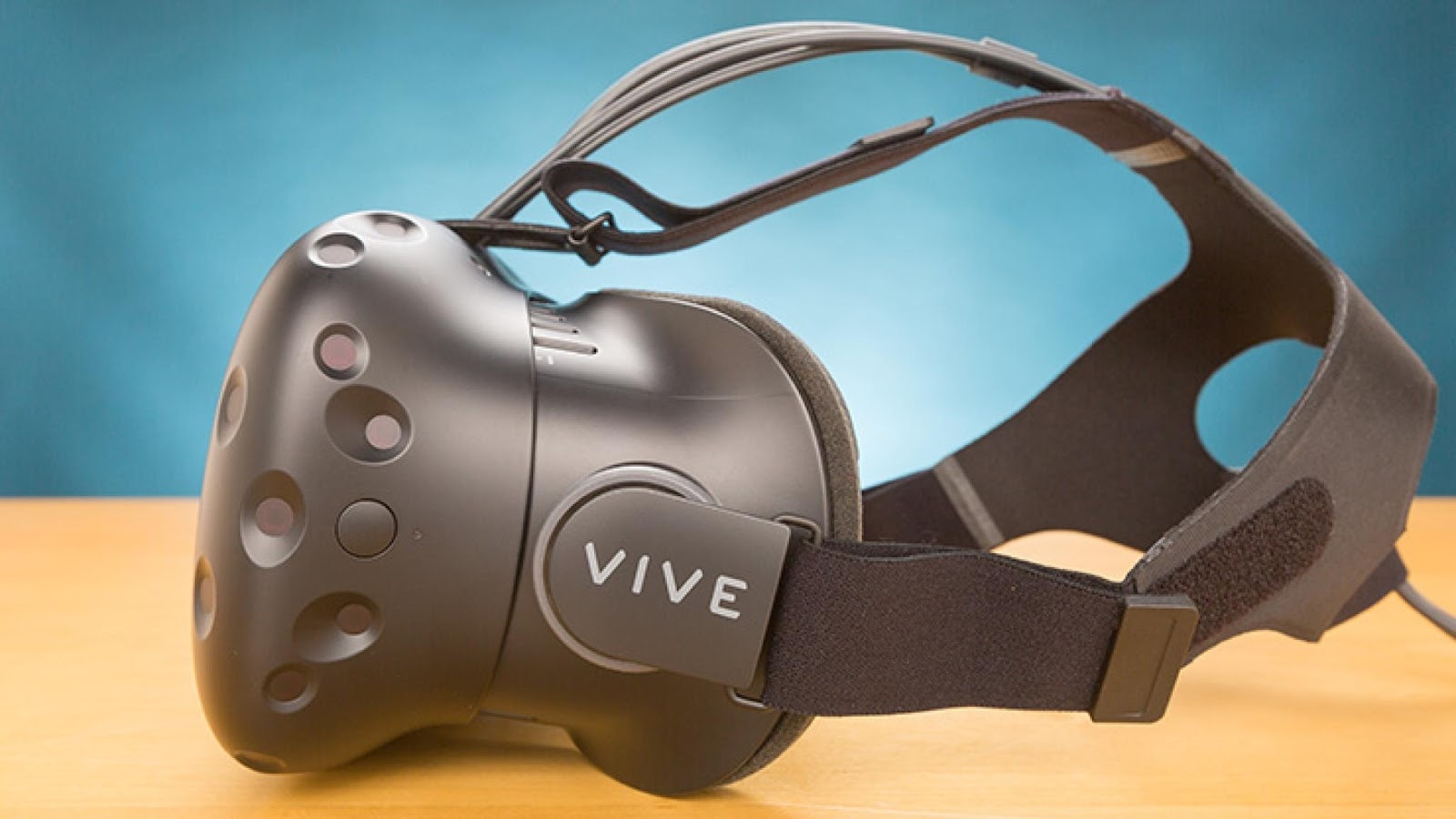- 02. Units Of Studymr. Mac's Virtual Existence Depends
- 02. Units Of Studymr. Mac's Virtual Existence According
- 02. Units Of Studymr. Mac's Virtual Existence Reality
- 02. Units Of Studymr. Mac's Virtual Existence Key

02. Units Of Studymr. Mac's Virtual Existence Depends
Macs are the only computers that allow you to run Mac OS X Lion Server (or any OS X flavor) along with Windows and Linux. Virtual machines on non-Apple PCs can’t run Mac OS X. Apple doesn’t permit running Mac OS X on non-Apple hardware in its user license agreement, so the virtualization software makers don’t enable it.
When a virtual L-Server is created using KVM, RHEL5-Xen, or Citrix Xen, a MAC address is necessary. For automatic configuration of network devices using simple configuration mode, when managing the virtual IP addresses (public addresses) used for address translation functions of firewalls, and performing automatic allocation, global IP. Live cell enrichment was performed using MACS columns (Miltenyi Biotec - 130-090-101) following the manufacturer’s instructions. When sorting CD34+ or CD45+ cells, column enrichment was performed using MACS columns (Miltenyi Biotec - 130-046-702 and 130-045-801 respectively for CD34+ and CD45+ cells), following the manufacturer’s instructions. Quizlet makes simple learning tools that let you study anything. Start learning today with flashcards, games and learning tools — all for free. So, because we offer programming at Jack James that are not offered in other schools we are able to give in class support by appointment. As I have been saying in my classes, if a student wants to come in to work in class all they have to do is send me an email at kjmaclean@cbe.ab.ca requesting the time and date they wish to come in for some support.
Imagine a Mac running two virtual machines — Lion Server and Windows 7. Both are running on a Mac OS X host. In each virtual machine window, you can control that operating system as you normally would run applications, configure settings, and access the Internet.
When the virtual machine is a server, users on the network access it as they would any other server. If multiple virtual machines run on a server Mac, the users see each as a separate server.
For the latest news, tips, and troubleshooting information about running virtual machines on Macs, visit MacWindows.
With virtualization, there’s a host operating system (OS) and one or more guest OSes. The host OS (for instance, Mac OS X or Mac OS X Server) boots the real computer. On a Mac, a guest OS can be Mac OS X, Windows, Linux, or Unix.
Each guest OS runs in a virtual machine, which is a kind of a virtual reality for the guest OS. The guest OS thinks it’s running on a real computer. Although real hardware’s behind the scenes, the guest OS doesn’t have direct control over the hard drive, graphics, and other hardware: These pieces of hardware are virtualized in the virtual machine.
02. Units Of Studymr. Mac's Virtual Existence According

For example, a virtual machine’s hard drive (the boot drive) is actually a file on the host Mac. This file can be dozens of gigabytes, containing the complete guest operating system and its applications, settings, and documents.
02. Units Of Studymr. Mac's Virtual Existence Reality

The virtual hard drive file is stored on the Mac’s real hard drive, but the guest OS doesn’t control the entire drive. The virtualization software creates the virtual machine and keeps the guest OS believing that it’s living in a real computer — kind of like The Matrix, but without Keanu Reeves.
02. Units Of Studymr. Mac's Virtual Existence Key
Another type of virtualization software runs directly on “bare metal,” which means it doesn’t use a host OS. To picture it, remove the Mac OS X host and the Mac applications. Eliminating the host OS decreases the complexity and uses less RAM and processing power.